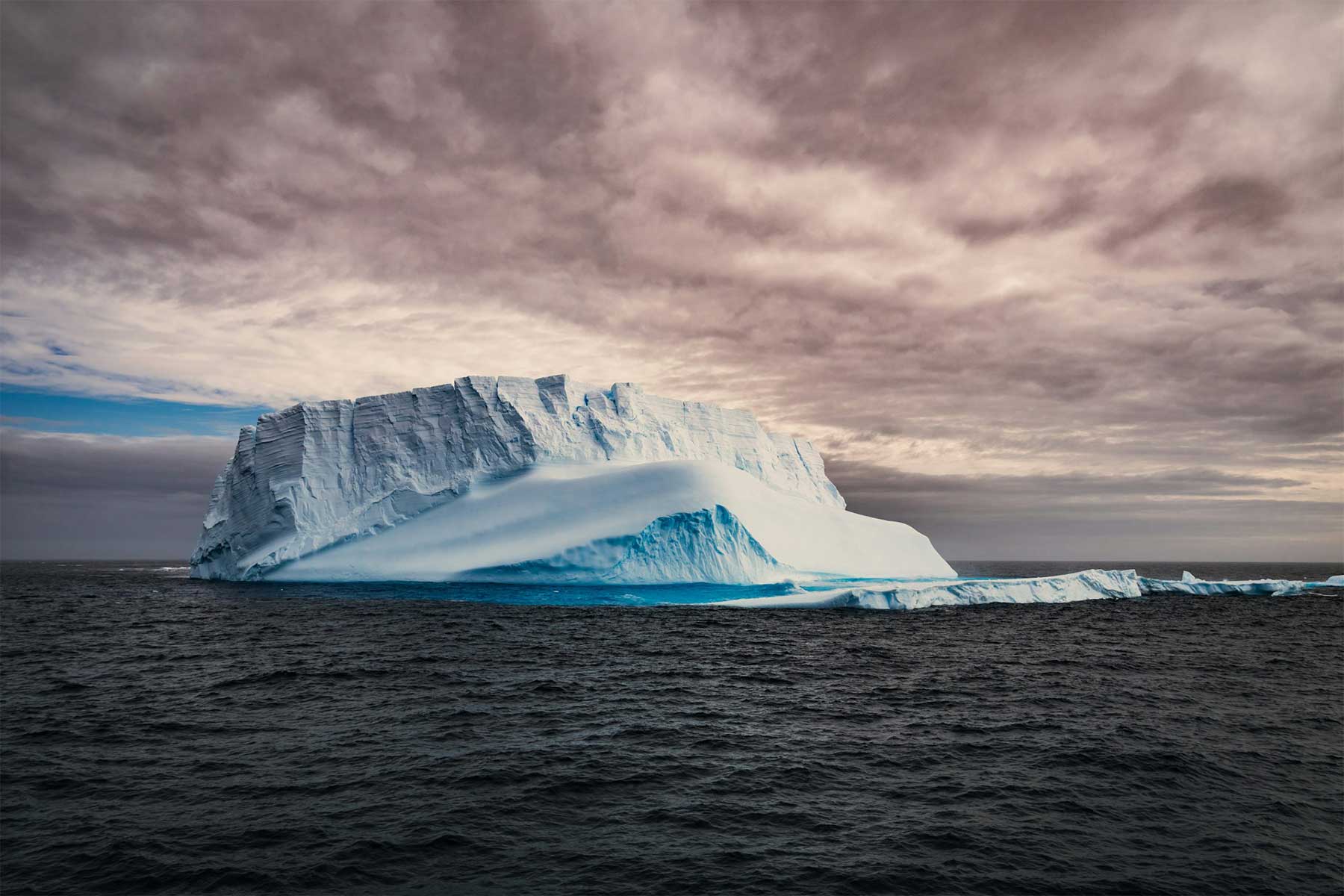The spectre of exploding ice shelves is raising concern about climate change impacts on Antarctica, the Ross Sea region and Aotearoa NewZealand. Effective anticipation of impacts, however, requires a sophisticated assessment of their early warning signs. The recent, unexpected, and sharp decline in Antarctic sea-ice extent may be the most critical signpost indicating rapid change is now imminent.
The figure below shows the recent, sharp decline in Antarctic sea-ice extent (i.e. the area of the ocean surface that is covered by sea ice).
While global warming has caused Arctic sea-ice to plummet by 12% per decade, Antarctic sea ice continued to expand, dominated by the Ross Sea region. But, since 2016, Ross Sea region sea ice has declined unexpectedly and sharply such that circum-Antarctic sea-ice loss over 3 years, was equivalent to 30 years of sea-ice loss in the Arctic.
These recent, sharp declines might indicate a transition to new, more extreme, inter-annual fluctuations or the beginning of a long-term declining trend, with potential to accelerate a multitude of climate change impacts for the region and our planet.
In 2022, the record-breaking sea-ice reduction caused substantial disruptions to the New Zealand, US, Italian and Korean Antarctic Programs operating in the Ross Sea and triggered a catastrophic breeding failure of Emperor penguins. Yet, in 2023 sea-ice extent shrunk an additional and staggering 10% compared to 2022.
While 2024 was slightly less extreme than 2023, worryingly, for the first time the winter sea ice didn’t recover from the extreme 2023 summer minima. Instead, it was reduced by 2.4-1.6 million km2 below the longer-term, monthly average. The chance of this occurring as a natural event is 1 in 7.5 million (a 6-sigma event).




